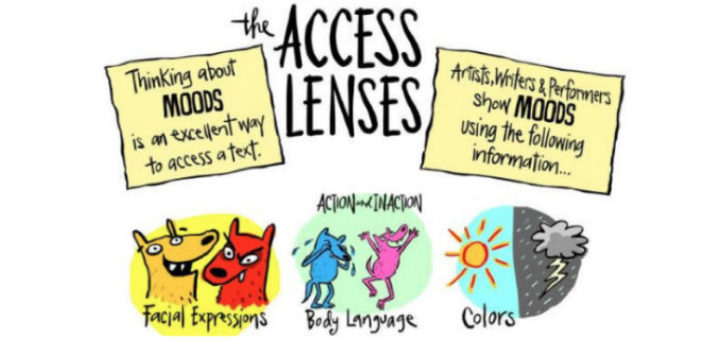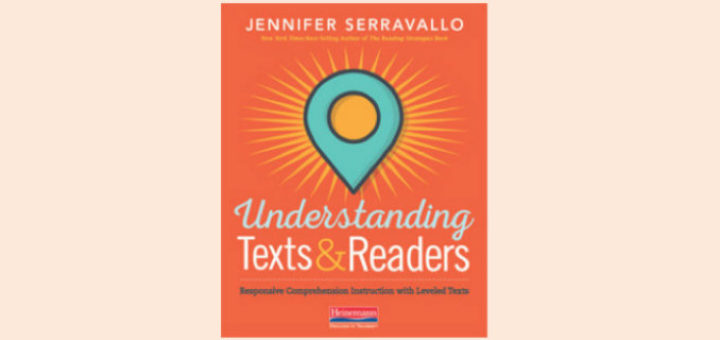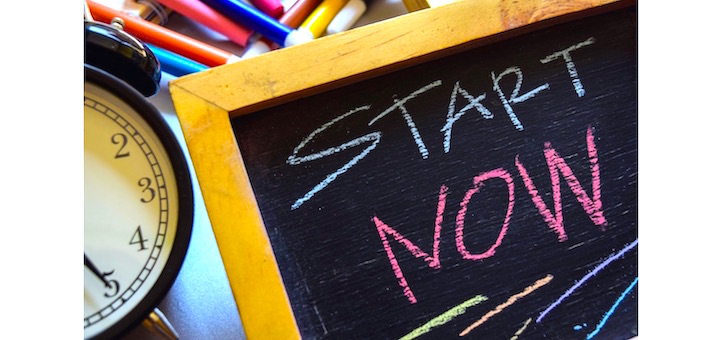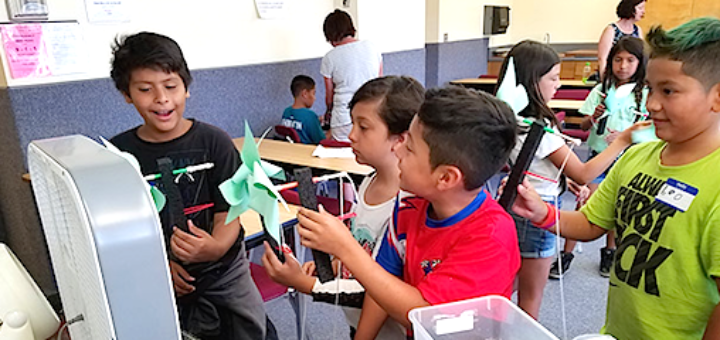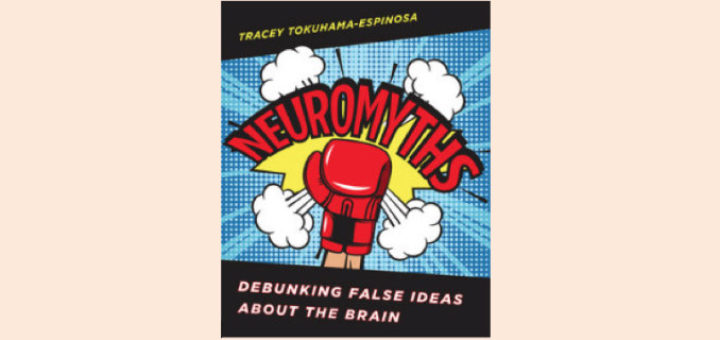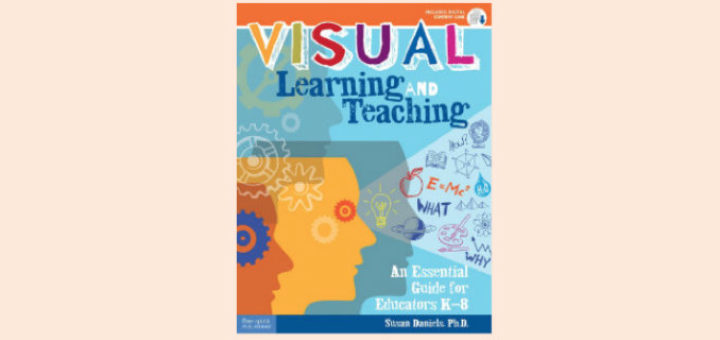Visual & Media Literacy: Political Campaign Optics
As the presidential race heats up, stagecraft and poli-optics will be an important part of everything we see and hear, writes media literacy expert Frank Baker. Here’s how we can help students pull back the curtain on techniques used by professional image manipulators.


